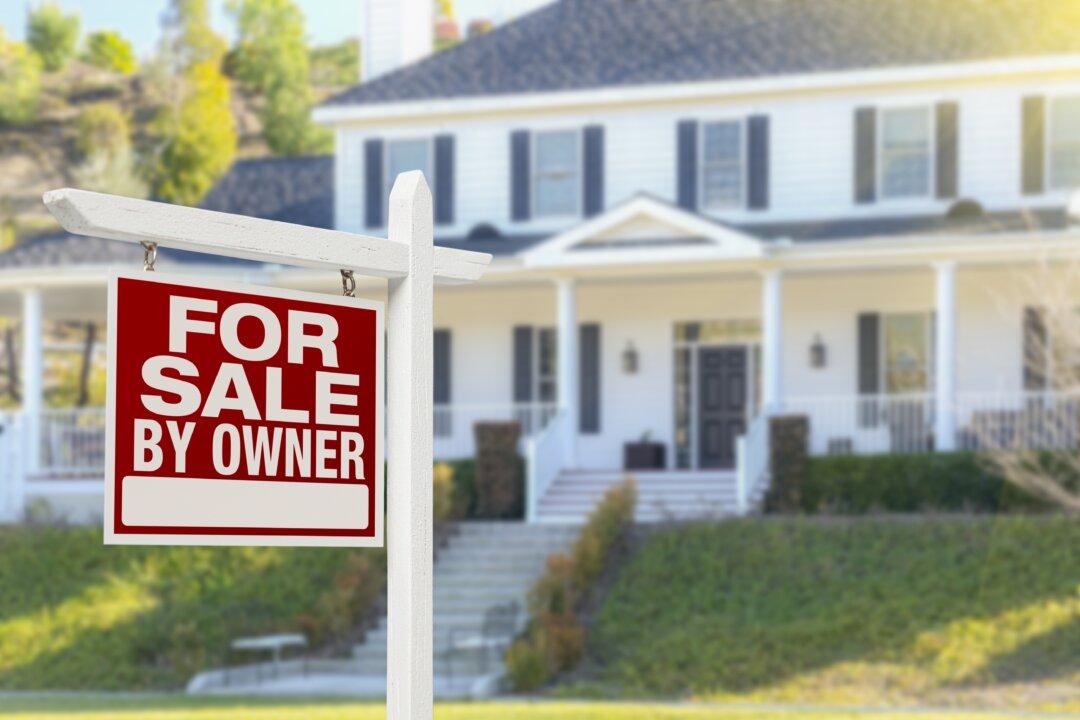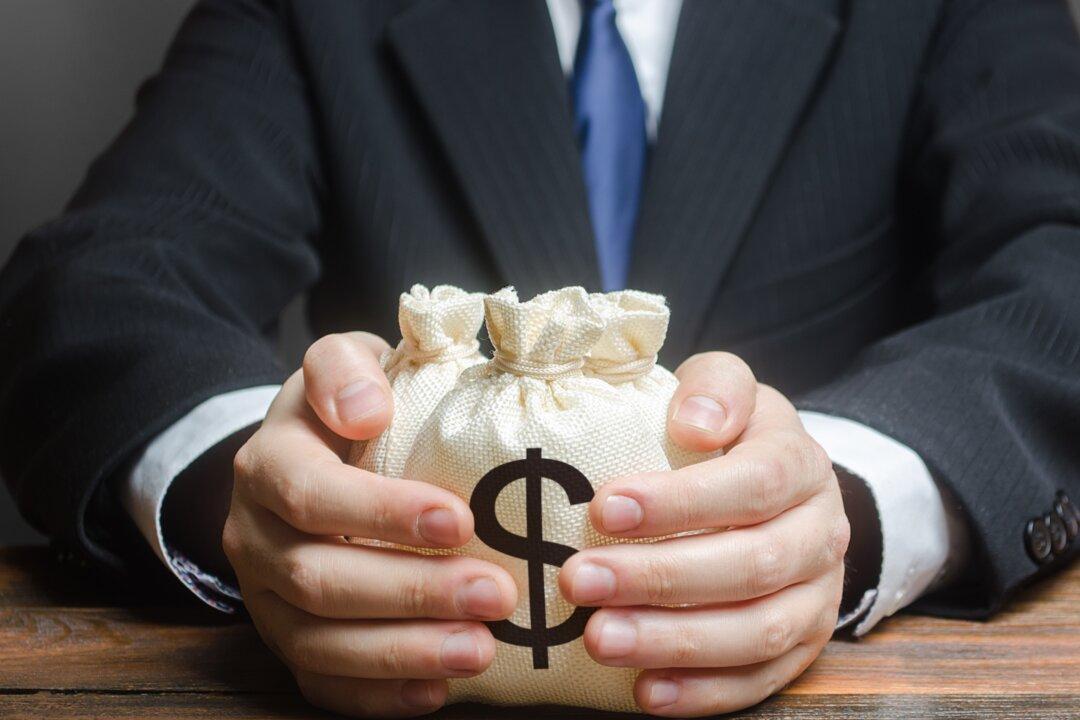 By Joe Edgar
By Joe Edgar
Over the last 50 years, home prices in the United States have increased by more than 5 percent annually on average, according to the National Association of Realtors. This means that the $200,000 home you buy today could be worth more than $864,000 in 30 years when your mortgage is paid off.It’s no surprise that real estate is considered such an effective way to build wealth.






